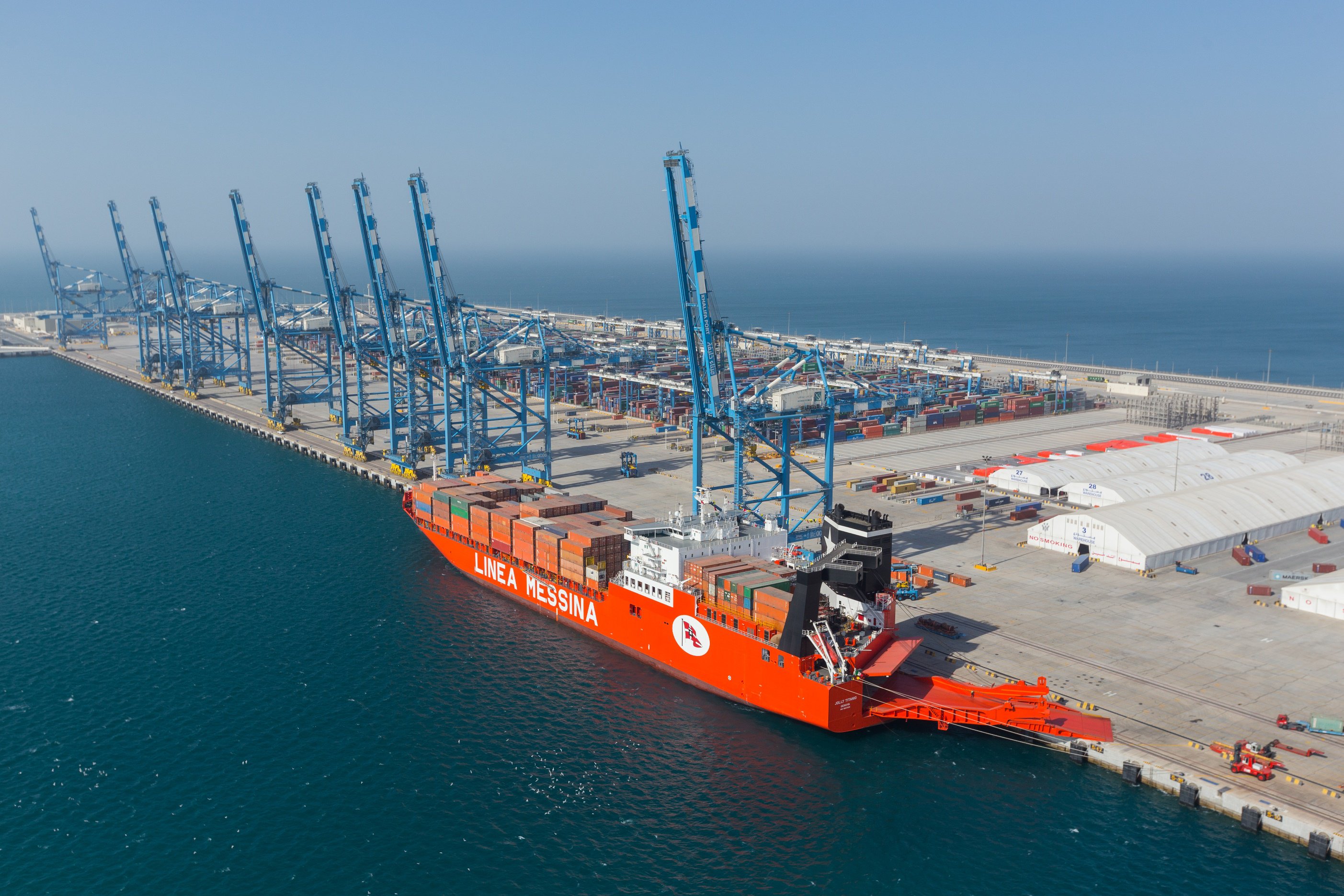Gwadar and Chabahar aren’t China and India’s Only “Dueling Ports”
The “dueling ports” of Gwadar and Chabahar in Pakistani and Iranian Balochistan have come to symbolize the Great Power competition between China and India.

The “dueling ports” of Gwadar and Chabahar in Pakistani and Iranian Balochistan have come to symbolize the Great Power competition between China and India.
